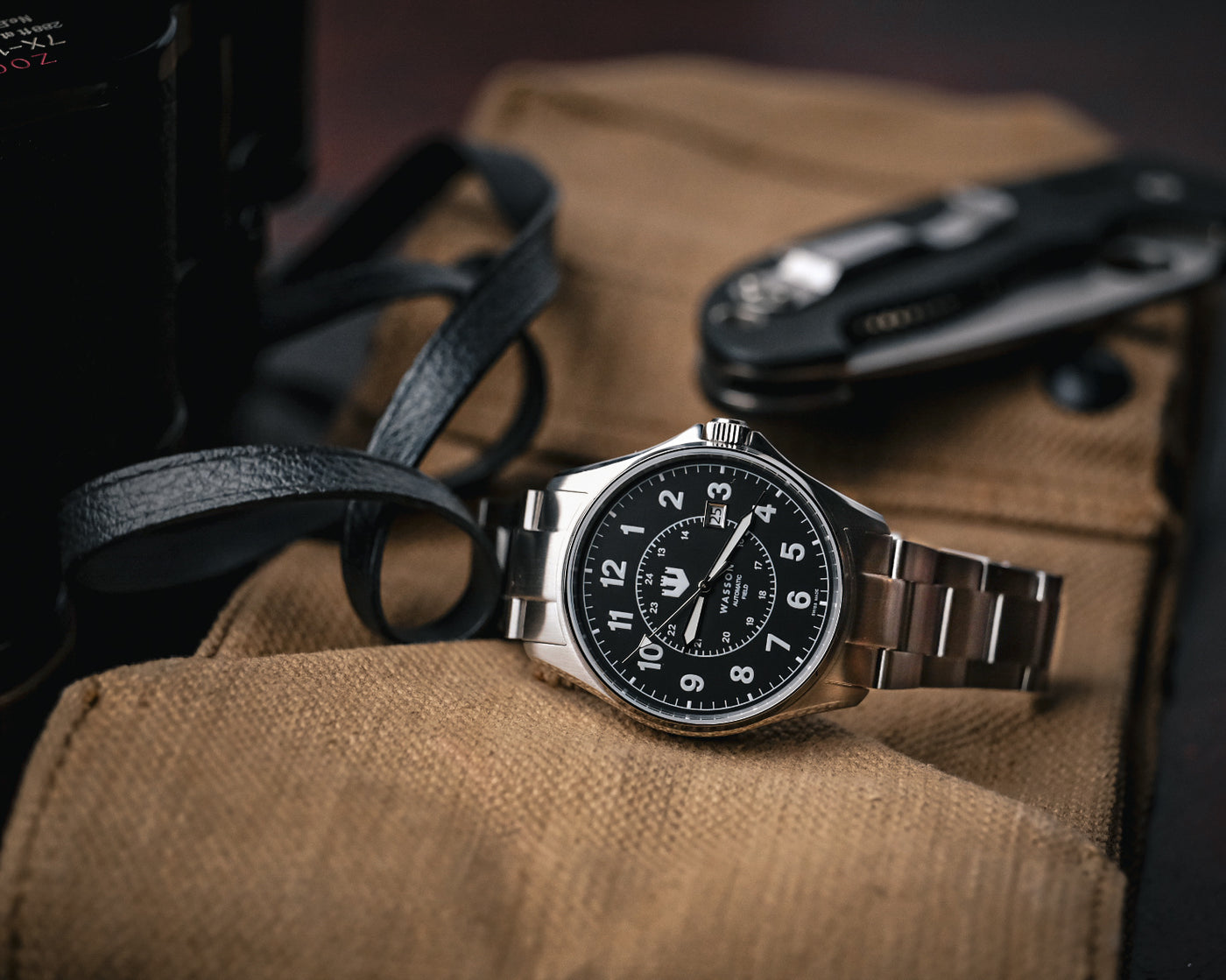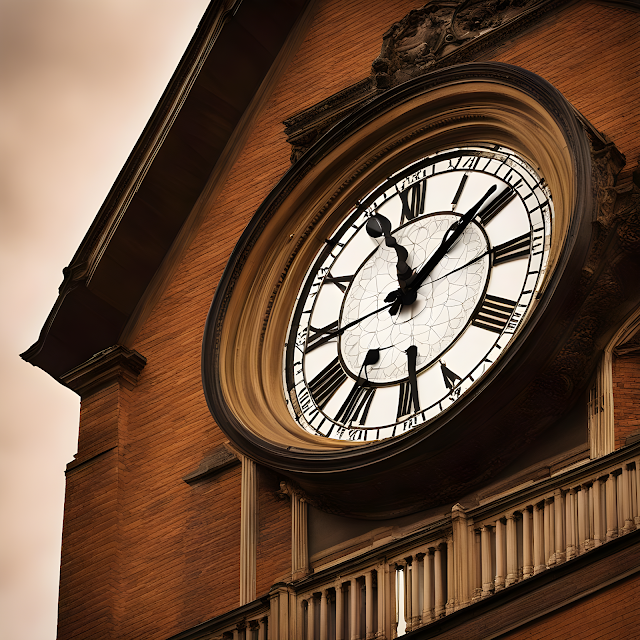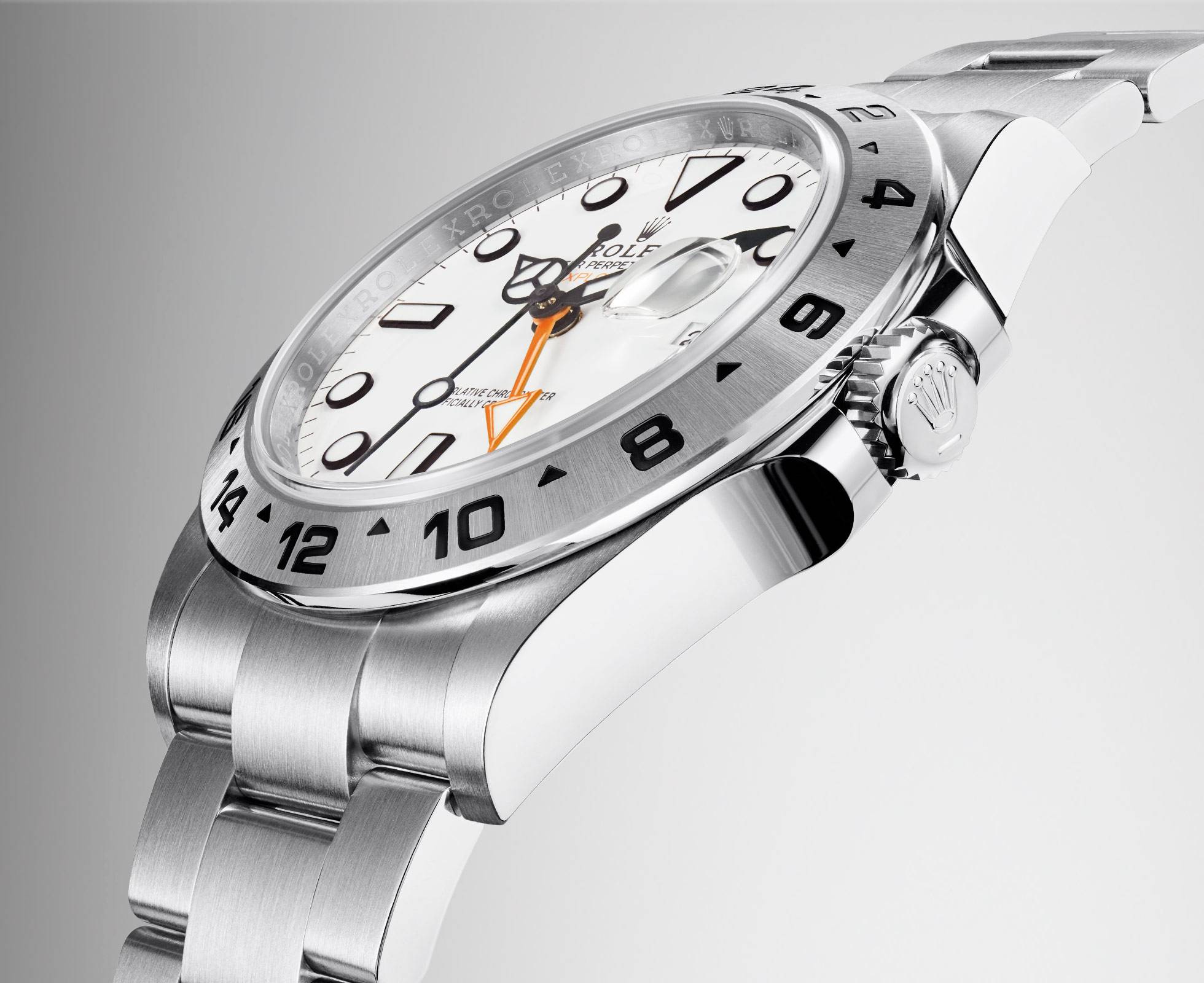From Sundials to Smartwatches: A Journey Via the Historical past of Timekeeping and the Invention of the Watch
Associated Articles: From Sundials to Smartwatches: A Journey Via the Historical past of Timekeeping and the Invention of the Watch
Introduction
On this auspicious event, we’re delighted to delve into the intriguing matter associated to From Sundials to Smartwatches: A Journey Via the Historical past of Timekeeping and the Invention of the Watch. Let’s weave fascinating info and supply contemporary views to the readers.
Desk of Content material
From Sundials to Smartwatches: A Journey Via the Historical past of Timekeeping and the Invention of the Watch

The relentless march of time has captivated humanity since our earliest ancestors gazed on the solar’s journey throughout the sky. Our makes an attempt to measure and perceive this basic side of existence have led to a captivating evolution of timekeeping units, culminating within the ubiquitous watch – a miniature marvel of engineering and a testomony to human ingenuity. Tracing the historical past of the watch isn’t merely a chronicle of technological development, however a mirrored image of societal shifts, creative actions, and the enduring human want to overcome the ephemeral.
The story begins lengthy earlier than the invention of the watch itself. Early strategies of timekeeping relied on essentially the most available celestial markers: the solar and the celebrities. Sundials, relationship again to historical Egypt and Babylon, have been the primary important makes an attempt at structured time measurement. Their accuracy, nonetheless, was restricted by daylight and geographical location. Water clocks, or clepsydras, supplied a extra constant, albeit much less exact, various, notably within the historical world. These ingenious units measured time by the regulated circulate of water, typically using intricate mechanisms to point the passage of hours. Equally, candle clocks, utilizing the constant burn charge of candles marked with time intervals, supplied a rudimentary technique of measuring time in enclosed areas.
The medieval interval noticed important developments in mechanical timekeeping. The event of the verge escapement, an important part permitting for the managed launch of power from an influence supply, was a pivotal second. This mechanism, coupled with the usage of weights or springs as energy sources, laid the inspiration for the primary mechanical clocks. These have been monumental units, normally housed in towers, and their main goal was to control the every day lifetime of communities, marking prayer instances and the rhythm of labor. The intricate craftsmanship concerned in creating these early clocks displays the status and significance related to correct timekeeping.
Whereas mechanical clocks dominated the general public sphere, the will for a conveyable timekeeping gadget spurred innovation. The idea of a smaller, wearable clock started to emerge within the fifteenth century. The transition from the massive, stationary clocks to the miniature watch was not a sudden leap however a gradual means of miniaturization and refinement. A number of elements contributed to this evolution: the growing demand for correct timekeeping in navigation, the rise of private wealth amongst retailers and the Aristocracy, and the burgeoning ability of artisans in metalworking and clockmaking.
Pinpointing the precise inventor of the watch is difficult, as its growth was a collective effort spanning many years, if not centuries. Nonetheless, Nuremberg, Germany, typically will get credited as a key middle for the early growth of transportable timekeeping units. The town boasted a thriving artisan group expert in metalwork and clockmaking. Throughout the late fifteenth and early sixteenth centuries, Nuremberg watchmakers, constructing upon current clockmaking know-how, started to create smaller and extra transportable timepieces. These early watches, also known as "Nuremberg eggs," have been massive and cumbersome by in the present day’s requirements, however represented a major step in the direction of the fashionable watch. They have been usually egg-shaped or spherical, with a single hand indicating the hours.
The early watches have been removed from exact. The escapement mechanisms have been rudimentary, and the ability sources, typically springs, have been unreliable. Variations in temperature and put on and tear considerably affected their accuracy. However, they represented a outstanding achievement in miniaturization and mechanical engineering. The creation of the fusee, a conical drum used to equalize the ability delivered by the spring because it unwound, was an important step in the direction of enhancing accuracy and consistency.
The sixteenth and seventeenth centuries witnessed a interval of intense experimentation and refinement in watchmaking. The event of latest escapements, such because the anchor escapement, additional enhanced accuracy. The addition of a minute hand and, later, a second hand, supplied extra granular timekeeping capabilities. The introduction of jewels within the escapement mechanism decreased friction and improved longevity. These improvements, coupled with the rising creative sensibilities of the period, led to the creation of more and more elaborate and aesthetically pleasing watches. Watches turned standing symbols, showcasing not solely the wearer’s wealth but additionally the artistry of the watchmaker.
The unfold of watchmaking know-how past Nuremberg contributed to additional innovation. Geneva, Switzerland, shortly emerged as a serious middle for watchmaking, growing its personal distinct type and strategies. The Swiss watchmaking custom, characterised by precision and craftsmanship, continues to at the present time. The event of standardized elements and mass manufacturing strategies within the nineteenth and Twentieth centuries revolutionized the watch business, making watches extra accessible and inexpensive to a wider inhabitants.
The Twentieth and twenty first centuries have witnessed a outstanding fusion of know-how and custom in watchmaking. The invention of the quartz crystal oscillator within the mid-Twentieth century led to the event of quartz watches, which supplied unparalleled accuracy and affordability. The appearance of digital watches additional revolutionized timekeeping, offering further functionalities past easy time show. And in the present day, smartwatches seamlessly combine timekeeping with communication, health monitoring, and a plethora of different purposes, representing the newest chapter within the ongoing evolution of this outstanding invention.
From the rudimentary sundials of antiquity to the delicate smartwatches of in the present day, the journey of the watch displays humanity’s enduring quest to grasp and grasp time. It’s a story of ingenuity, precision, artistry, and the relentless pursuit of progress. The watch, a seemingly easy gadget, encapsulates centuries of technological innovation and cultural significance, serving as a robust image of human creativity and our ongoing relationship with the ever-flowing river of time. The invention of the watch was not a single occasion, however a steady means of refinement, innovation, and collaboration, a testomony to the enduring human spirit of exploration and creation. And as know-how continues to evolve, the way forward for timekeeping guarantees to be as fascinating and transformative as its previous.








Closure
Thus, we hope this text has supplied invaluable insights into From Sundials to Smartwatches: A Journey Via the Historical past of Timekeeping and the Invention of the Watch. We recognize your consideration to our article. See you in our subsequent article!